Militello In Val di Catania
Things to do, attractions, interesting facts
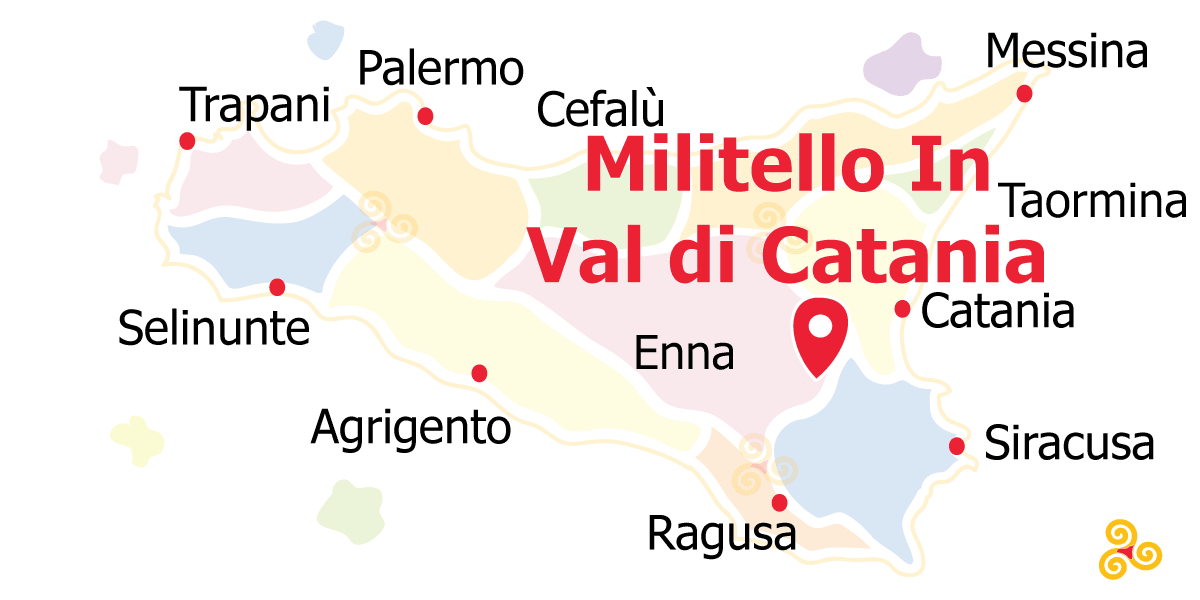
Provincia: CT - Area: Central Sicily
It is a land inhabited since ancient times, as evidenced by remains dating back to the Copper and Iron Ages, from the Classical and Hellenistic period to di the Byzantine and Arab ones.
Little information is known about its foundation: some legends date it back to the Romans, archaeological evidence dates back to the Norman period.
The devastating earthquake of 1693 destroyed it, but the reconstruction was splendid, with the 'construction of churches and noble palaces, real architectural jewels.
What to see
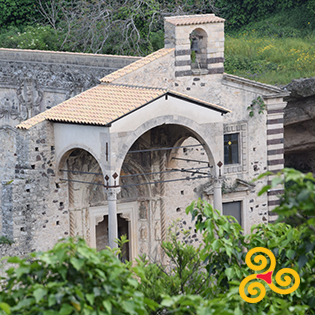
Church of Santa Maria La Vetere in Militello Val di Catania
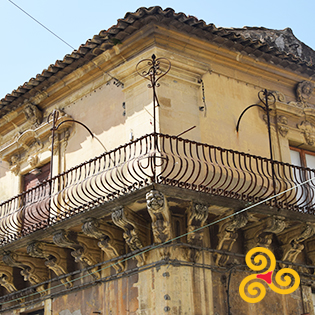
Baldanza Palace in Militello Val di Catania
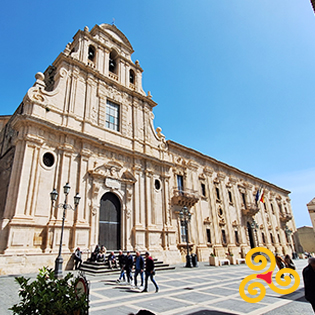
Monastery of San Benedetto in Militello Val di Catania
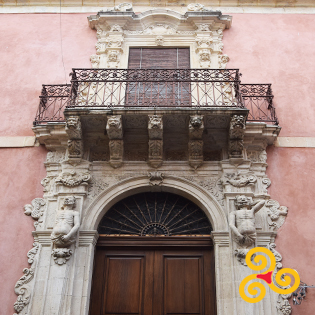
Niceforo Palace in Militello Val di Catania
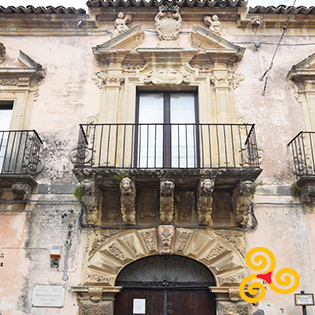
Latrini Palace in Militello Val di Catania
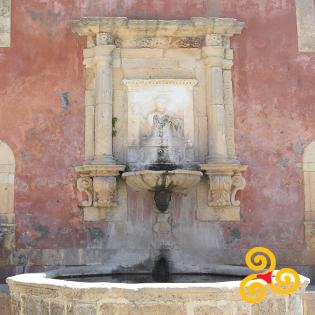
Fountain of the Ninfa Zizza in Militello Val di Catania
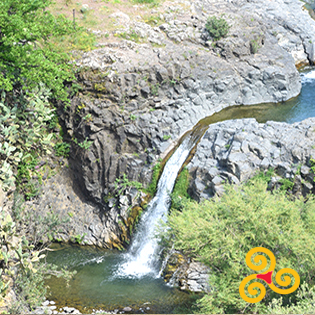
Oxena waterfalls
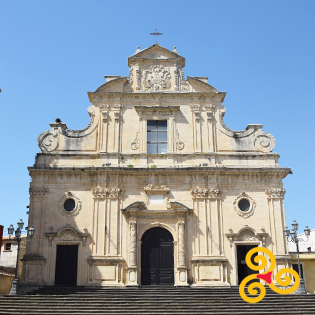
Church of Santa Maria La Stella in Militello Val di Catania
What to eat
Typical food, local wines and drinks, traditional dish to taste in Militello In Val di Catania
You can obviously taste all the typical products of Sicilian cuisine, the most well-known ones, such as cannoli, Sicilian cassata, arancini, etc. But there are some specialties typical of this area that are more difficult to find in other areas of Sicily.
Where to stay
Best Offers of Vacation Rental, hotel, B&B where to sleep in Militello In Val di Catania
Nearby Places
Below you will find a list of the most beautiful places to visit in the surroundings of Militello In Val di Catania. The places are located at a maximum distance of about an half hour by car. Good fun!
Scordia
Central Sicily
Palagonia
Central Sicily
Francofonte
Siracusa surroundings
Mineo
Central Sicily